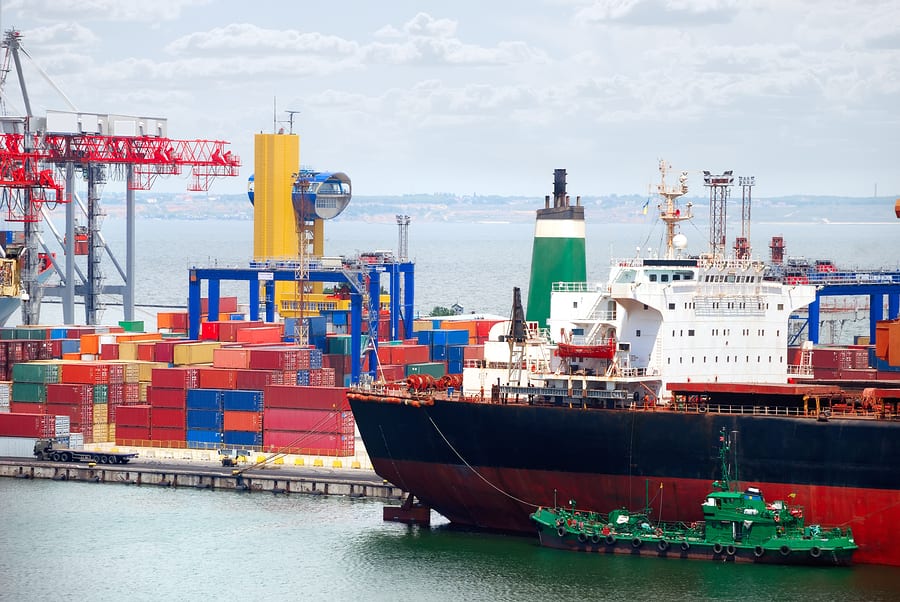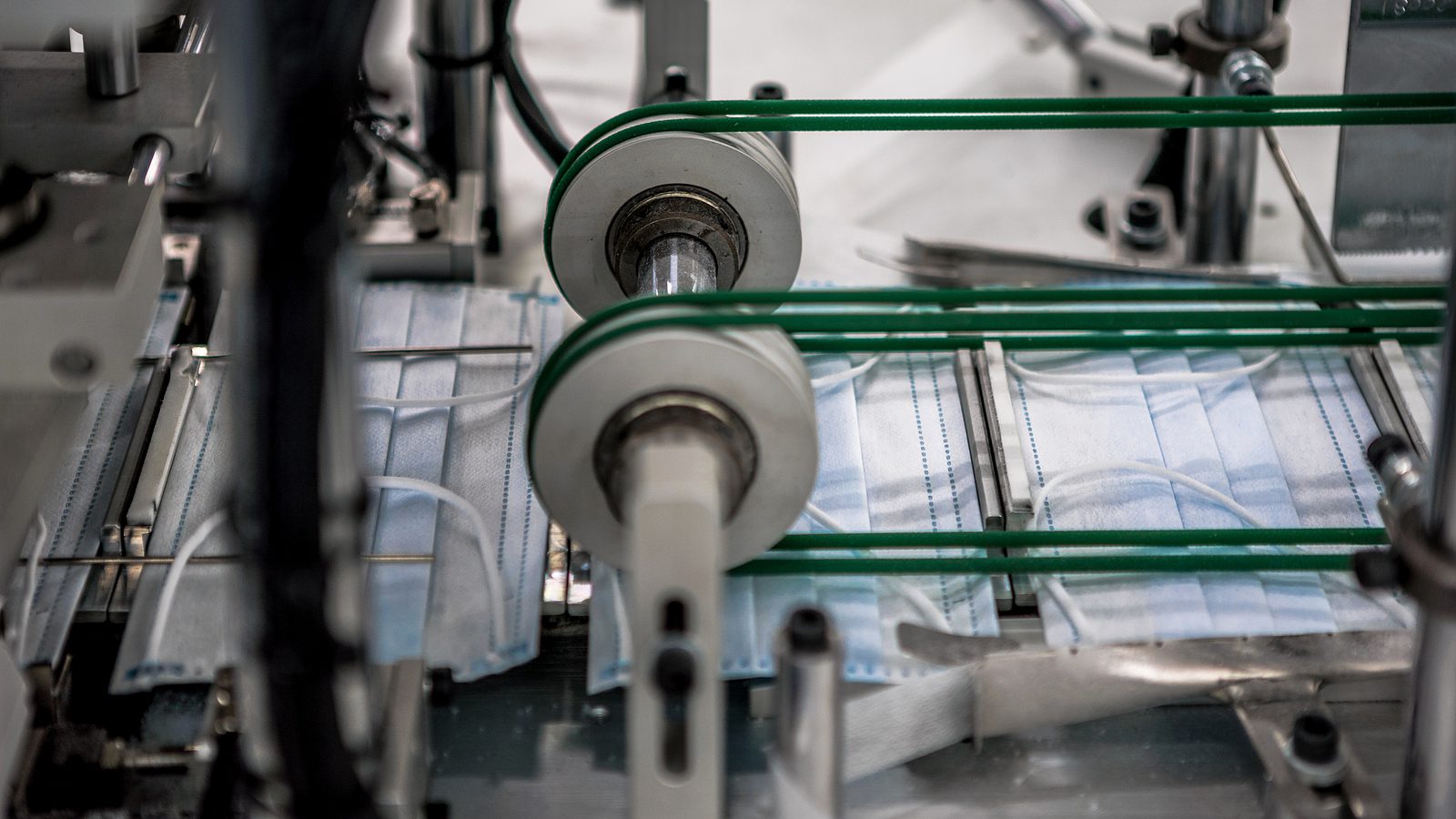By Laser 1 Technologies
Tariffs And Manufacturing
Tariffs, manufacturing and the economy: The overlap of these topics is the topic of a recent article in Supply Chain Management Review, titled All U.S. West Coast Ports Will Bear the Brunt of Tariffs.
Cargo Spike on West Coast
The opening paragraph offers good news:
A potential U.S.-China tit-for-tat over tariffs hasn’t dampened cargo volume growth at California’s third largest ocean cargo gateway so far. In fact, the Port of Oakland is on track for its third straight year of record container volume in 2018.
However, the rest of the article deals with “the one looming question” — can it last?
These positive trends are noted:
- Warehouses are filling up as U.S. retailers import merchandise from Asia.
- Shipping lines have added more than 30 extra voyages to regularly scheduled Transpacific services to transport larger container volumes.
- Ports up and down the West Coast have reported unprecedented cargo volume growth since mid-summer.
But what’s causing this cargo spike? Proposed reasons include the continued strong U.S. economy; the upcoming holiday season; and frontloading.
Frontloading seems to me like it has to play a big role in this equation. Savvy business owners are accelerating orders to beat the imposition of new tariffs on Chinese imports. While shipping traffic is up, and imports from China have increased, exports to China have slowed.
Tariffs Yielding Disruption
A quick search for related headlines over the last month points to further disruption:
As Tariffs Continue, Panic Beginning to Sink in Among Wisconsin Manufacturers (USA Today, 10/22/18)
U.S. Manufacturers Say Tariffs Are Pushing Prices Higher (CNBC, 10/24/18)
U.S. Manufacturers Say Tariffs Pushing Prices Higher: Fed (Reuters, 10/24/18)
Trump Tariff Impact: Most US Companies Plan to Leave China—But Won’t Return to America (Observer, 10/29/18)
That last article, from the Observer, cites these survey findings:
- One-third of respondents estimated that the latest round of tariff hikes, in conjunction with previous hikes on $50 billion worth of Chinese products, had caused a $1 million to $50 million decline in annual sales.
- Ten percent of the surveyed companies estimated an annual loss of over $250 million.
- Tariffs are hurting American companies more than their Chinese counterparts; 80 percent of the U.S. companies surveyed said they have suffered from tariffs, while 70 percent of Chinese companies in the poll said the same.
The Federal Reserve says “U.S. factories have raised their prices because of tariffs, although inflation has appeared modest or moderate in most parts of the country.”
Stay Observant and Educated
What can we take away from this news? As always, it’s hard to tell. Our hyper-globalized, incredibly complicated economy is a finely balanced network of factors, and even the best-qualified experts have trouble making accurate predictions.
My take-away doesn’t change much: be as competitive as possible, try to stay nimble, and keep learning.




